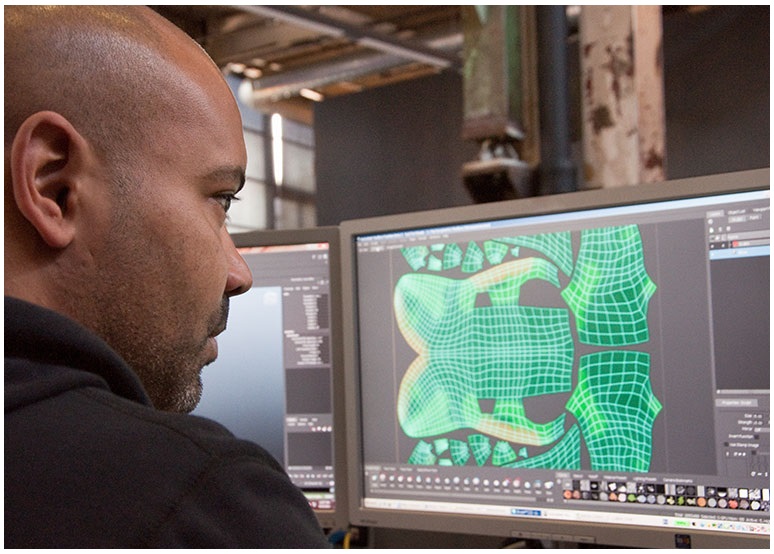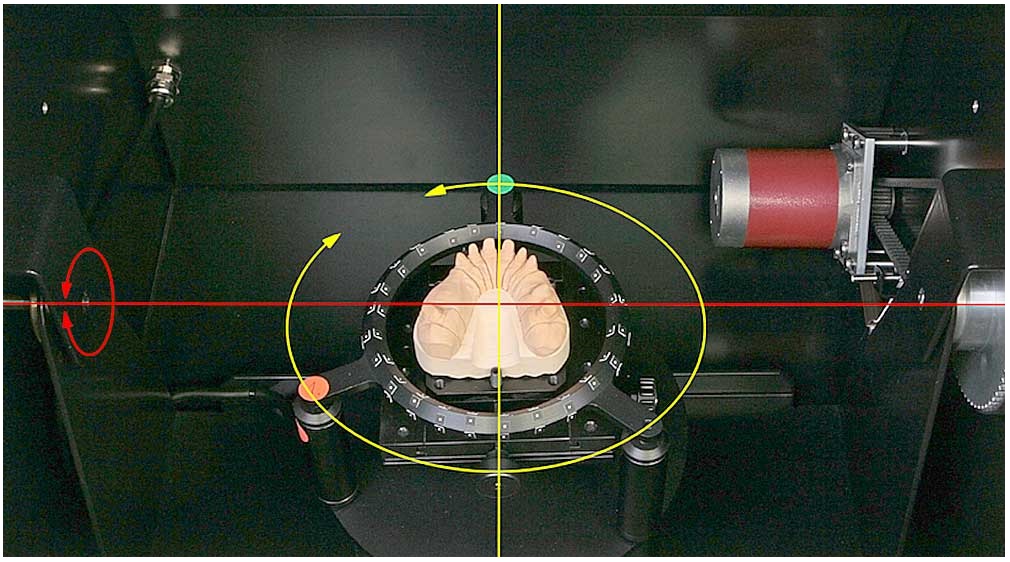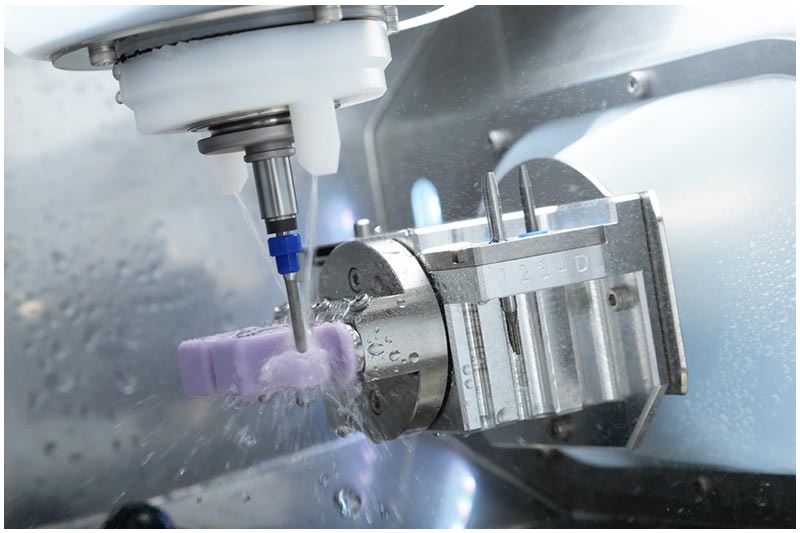In a modern production environment, regardless of the specifics of the activity, automatic systems are being introduced everywhere. It is also relevant to use them in the direction of dental prosthetics, that is, restoration. In this case, it is reasonable to pay attention to computer modeling and computer production (CAD – Computer Assisted Design and CAM – Computer Aided Manufacturing). Consider the basic myths about the methodology that managed to grow, and focus on the real situation.
If earlier experts were content with casts, now they are replaced by a print. The technique involves scanning of certain teeth, after which a mold is created in the form of a computer model. In the future, any geometry can be performed using the received data, even if the virtual image needs to be improved. It is possible by this principle to reduce the time required to create a prosthesis, basically you need no more than one visit to the doctor.
Table of Contents
Myth 1: the CAD / CAM technique cannot surpass the manual method in accuracy and quality.
This is fundamentally wrong, since the equipment allows you to mill and grind the workpiece to obtain geometry of any complexity. Moreover, the processing takes place in a cold state, which eliminates subsequent deformation of the material under the influence of temperature. The accuracy of the technique is much greater than the manual work, even the natural shaking of which leads to large deviations. The tolerances for which the machine is designed do not exceed 25 microns, which even in comparison with the thickness of a person’s hair (about 80 microns), looks convincing. It is also important that the human factor in the process of creating the form is eliminated almost completely.
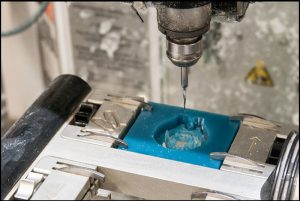 At the same time, the technology requires significantly lower costs than the classical approach. After scanning and processing data, the device cuts out any necessary shape from porcelain, whether it be a whole tooth or its separate part. In fact, the technique is not a highly specialized equipment, but a whole complex capable of manufacturing crowns, bridges of various layouts and designs, implants or individual components. At the same time, the same high quality is maintained, which is difficult to achieve by the efforts of only one person.
At the same time, the technology requires significantly lower costs than the classical approach. After scanning and processing data, the device cuts out any necessary shape from porcelain, whether it be a whole tooth or its separate part. In fact, the technique is not a highly specialized equipment, but a whole complex capable of manufacturing crowns, bridges of various layouts and designs, implants or individual components. At the same time, the same high quality is maintained, which is difficult to achieve by the efforts of only one person.
Another interesting option involves individualization. If necessary, you can create a unique tooth color ratio. However, natural options are generally preferred, for which each detail is color-coded with the rest of the patient’s teeth.
Myth 2: electronics does not provide high durability and reliability of prostheses.
Again, an unfair belief, since the modern method is characterized by very high strength of the finished tooth. Reliability is provided by both materials and high precision machining. Firstly, damage to the processing of the material, which can weaken the structure, is eliminated. Secondly, the part is most precisely adjusted to the environment, therefore, after installation, constant stress from the remaining teeth will not act on it.
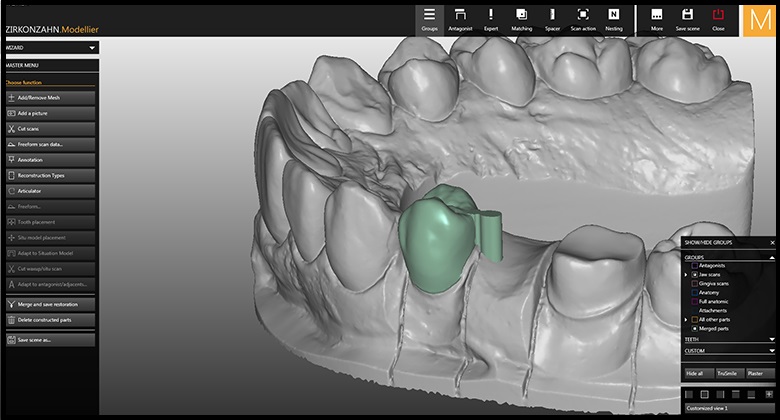 As for processing, you can achieve any effect and solve any problem. Individual elements are machined so that the tooth fits in its place well, fully consistent with the anatomical shape. However, if necessary, you can recreate any nuance, it can be changes due to any factors, or recreate the shape of the old prosthesis, even if it is necessary to reproduce cracks on it. This may be necessary if the patient is accustomed to the old form and needs to cause a minimal discomfort.
As for processing, you can achieve any effect and solve any problem. Individual elements are machined so that the tooth fits in its place well, fully consistent with the anatomical shape. However, if necessary, you can recreate any nuance, it can be changes due to any factors, or recreate the shape of the old prosthesis, even if it is necessary to reproduce cracks on it. This may be necessary if the patient is accustomed to the old form and needs to cause a minimal discomfort.
Modern system options allow to achieve high accuracy in other directions, for example, in modeling, for which scan body and other options are used.
Myth 3: The role of a person who uses CAD / CAM is completely eliminated.
This idea is incorrect, since any process should be controlled by an expert who is able to correct the course of the machine. If desired, some steps can be performed as usual, with your hands. The essence of the technology is to eliminate the weaknesses of manual work, such as low accuracy, simplifying the work and making it more accessible. No expert is able to create such an accurate model, but it is the technician who can make the decision and adjust the shape or color.
It should be remembered that even the advanced electronics are not able to completely replace the master’s hand. The machine works better in the field of implants and prosthetics, if we are talking about a non-removable option. Removable designs are made to a greater extent by a person, using equipment only for supporting.
Myth 4: Materials that the CAD / CAM system works with can be dangerous.
Medicine excludes the use of potentially dangerous substances, especially when it comes to such a delicate part of the body as the oral cavity. In general, the materials are traditional, namely porcelain. However, depending on the specific characteristics of a person, either ordinary material or its hardened version is required. The latter is needed for bruxism, for example, when the client constantly grinds his teeth and tightens his jaw. If the disease is in advanced form, then zirconium dioxide, which is 10 times stronger than a tooth, can be used. At the same time, all the same equipment works with substances, which allows you to maintain maximum accuracy under any circumstances.
As for materials, here the choice is not so great, and even if we take the world level. For specialized equipment, only a few countries and highly specialized factories produce raw materials. High-quality products in this regard are produced in Germany. For this reason, worrying about the substance from which the tooth will be made does not make sense, because no company will risk expensive equipment to run unverified substances and components into it for dubious savings.
You should not be afraid of innovations, because each such step forward only leads to an increase in the quality of services and often, due to automation of the process, to an increase in their availability. This is especially important in the field of dentistry, which is traditionally considered quite expensive.

